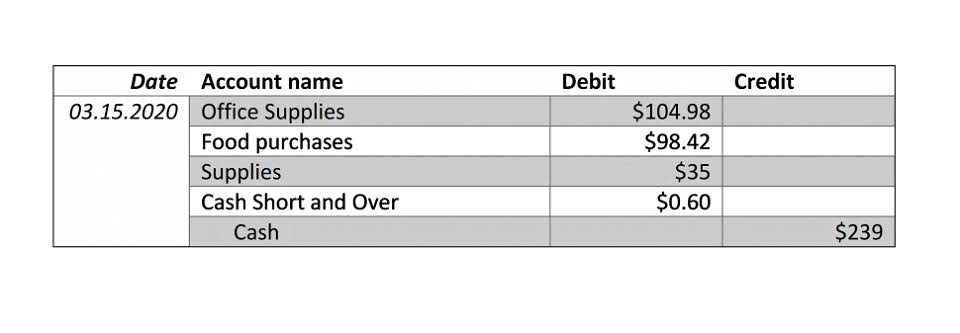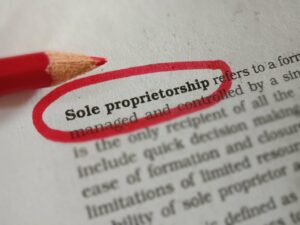
Alaska, for example, has no state sales tax, but many municipalities within Alaska levy sales taxes that range from 1% to 7%. Our Basics of Sales & Use Tax course gives you the tools to master key concepts, avoid costly errors, and explain the process for determining sales tax and total purchase price. stay compliant with confidence. Sales tax is charged at the state level by most states in the U.S. But local and municipal governments may also charge sales tax.

Understanding Online Sales Tax Laws

Before you make a purchase, check the specific rates in your state and locality to avoid surprises at checkout. Knowing what to expect makes shopping a smoother experience. John will thus collect $106.35 from the customer and remit sales tax of $6.35. Sara must collect $106.5 from her customer and provide Mark with a valid exemption certificate. In this section, we look at how sales tax calculation varies with each sector. We focus on four sectors — clothing, automotives, electronics, and income statement dropshipping.

Calculating sales tax in a nutshell

In order to receive updates on the correct sales tax percentages, file to do business with the various governments in whose jurisdictions the company has nexus. It may be sufficient to file to do business at the level of the applicable state government. Ensure accurate classification of items to avoid over- or under-collecting sales tax.
- Another issue in dealing with multi-state transactions is determining if you have a sales tax nexus in the buyer’s state.
- If you’re a business owner calculating sales tax for a customer, this is the amount you would charge them at the point of sale.
- It may be sufficient to file to do business at the level of the applicable state government.
- For example, in Alabama, local rates average around 5.29%, which can raise the total tax you pay.
- It’s not as easy as just looking at the price tag; sales tax must be calculated in order to determine the total cost.
- Each state has its own sales tax rate, which can significantly impact your final bill.
Avoiding Overcharges
- Investing in advanced software solutions ensures businesses stay compliant with changing sales tax laws and regulations.
- Robert works for a company that makes and sells software and wants a computer for work purposes.
- State Department of Revenue websites often provide tools to determine the correct sales tax rate based on ZIP codes.
- On the other hand, states like Delaware, Oregon, and Montana do not impose any state sales tax, but local jurisdictions may have specific rules for certain purchases.
- As of 2023, Colorado has the lowest state sales tax rate at 2.9%.
- For example, if an e-commerce store sells over $100,000 worth of products in Texas, it may be required to register for sales tax in that state.
Sales tax rates often include a combination of state, county, and city taxes. To find the correct rate, consult state revenue department websites or tax automation services. She receives an order for a product worth $100 from a customer. Sara places an order real estate cash flow for the product with a supplier Mark and directs him to ship the product to the customer. Sara has a valid exemption certificate and sales tax nexus in Washington, where the sales tax rate is 6.5%. At Yonda Tax, we offer solutions to simplify the calculation, collection, and remittance of sales tax.

- To calculate your base price, consider using your receipt or invoice, which should have this information separately listed.
- After collecting sales tax from customers, you are responsible for remitting the tax to your state or local government.
- Every state has different tax laws, rates, and exemptions, making it essential for businesses to stay informed and compliant.
- This may include the compilation of separate sales tax percentages for the applicable state, county, city, and special taxation district.
- If some customer purchases are exempt from sales taxes, flag these items on the invoice, and verify that the calculated sales tax does not include it.
To determine this total, start by identifying the purchase price of the item. Make sure no other fees or taxes are included in that price. However, for most purchases, simply multiplying the item price by the tax decimal will give you the correct sales tax amount. This clear approach helps you stay informed about your expenses before finalizing your purchase. Businesses become liable to collect and remit sales tax only when there is a sales tax nexus. It is established upon reaching certain sales tax thresholds (number of transactions or gross revenue).
- In global transactions, sales tax may be replaced or supplemented by Value-Added Tax (VAT) or Goods and Services Tax (GST).
- There’s the state sales tax, which varies by state, like California’s high rate of 7.25%.
- For business owners, sales tax is more than just another number on an invoice—it’s a critical factor that can directly affect your profits.
- Finally, remember to round all calculations to the nearest cent for accuracy.
- In case such documentation isn’t available, you might need to reverse-calculate it based on the known tax rate.
- It is crucial to determine this figure, as it serves as a reference point for calculating the sales tax percentage.
